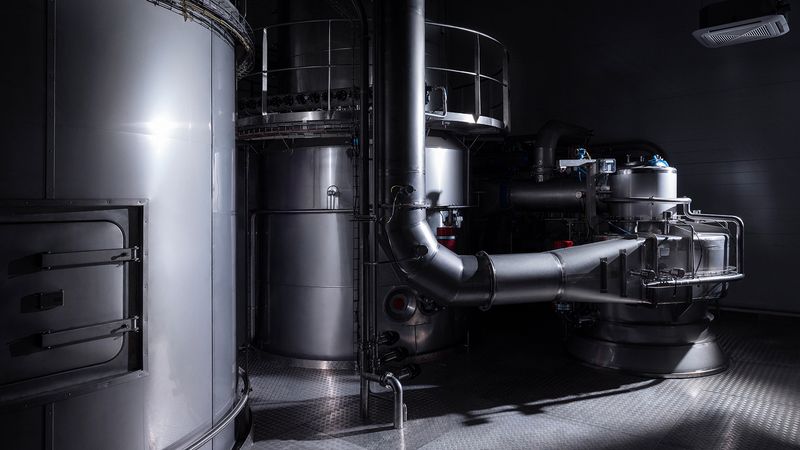

University of Alberta researchers serve up a guide to help kickstart new fermented foods
Fermentation isn't just for beer or sourdough bread anymore. University of Alberta research published in the Annual Review of Food Science and Technology is honing in on how to best choose new bacterial cultures to dish up to food manufacturers for fermenting new plant-based products.
A framework that pulls together criteria for food scientists to consider has been developed by a team of international researchers, led by Michael Gänzle, a professor in the Faculty of Agricultural, Life & Environmental Sciences.
The information will ultimately help feed a growing demand for a wider range of alternative fermented foods.
Produced through beneficial activity of microbes such as bacteria, molds and yeasts, fermentation is growing in popularity and gaining recognition for its potential benefits, said Gänzle, a food microbiologist.
"Fermented foods offer a promising solution for their potential ability to benefit human health, and to leave a smaller environmental footprint than animal-based food production."
His recent work, published in the International Journal of Food Microbiology contributed to tools for picking new starter cultures to meet demand generated by a revival in sourdough fermentation for industrial-scale bread production, but there's also a hunger for expanding the menu, he noted.
"In recent years, the food and brewing industries have shown interest in using the process to create new non-alcoholic beverages and foods that are minimally processed, healthier and plant-based."
Having a wider range of fermented products can also help tackle the issue of food security, he suggested.
"A diet that is largely plant-based requires fewer resources than a diet with a lot of animal protein. Humans have more food if we eat soy cheese, for example, instead of feeding the soy to dairy cows and then using their milk for cheese production."
Isolated communities like those in Canada's North could also benefit, he believes.
"It's a lot easier to ship pulses, which are then converted to something nutritious and tasty, than to ship milk or yogurt."
But at the same time, there's no related traditional or established "template" for developing starter cultures for many new foods—especially for North American tastes, he noted.
"Current starter cultures do well in meat and milk or cheese, but not necessarily in plant foods. And while fermented plant-based protein foods such as soybean dishes like sufu, a cheese-like product, are made in Africa and many Asian countries, these products don't cater to the average Canadian palate, so we need a combination of using traditional knowledge, culinary arts and the best available science to make something that works.
"Then the possibilities for innovation are endless."
To figure out how to make the best selection of bacterial cultures, the researchers reviewed several scientific studies, identifying criteria including which microbes are recognized as safe to use in food.
As well, the description of different organisms in traditional food fermentations was complemented with genomic analysis to identify key metabolic traits that could be successfully used in starter cultures for new foods.
Their framework, which can also be used to select microbial strains with health benefits, revealed an immense diversity, meaning "selection doesn't have to be restricted to the few species that are available commercially", Gänzle noted.
In developing their guide, the researchers also considered the potential of an ever-widening assortment of yeasts and molds that could be used to ferment new foods.
Currently, only a few species are used for wine, beer or bread fermentation, but a growing number of yeast strains have been made available for industrial purposes. Because yeasts excel at flavor formation, increasing their diversity expands the possibilities for new properties such as improved aroma, Gänzle said.
"We've found that yeasts and molds are not just key actors in traditional products, but also a source of innovation for future fermented food and beverages."
Overall, the framework provides a broader perspective of microbes to select from that can help the food industry keep pace with consumer demand, he added.
"It will help these companies, large and small, keep a competitive edge."
If you have any questions or would like to get in touch with us, please email info@futureofproteinproduction.com






